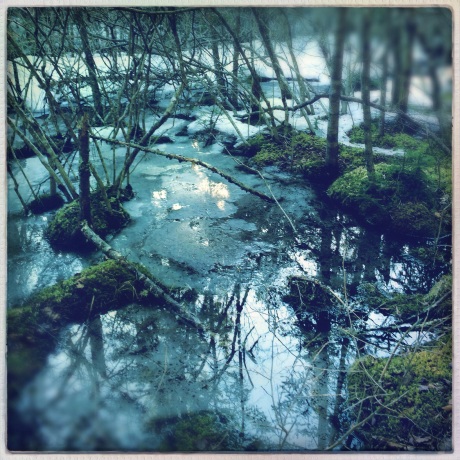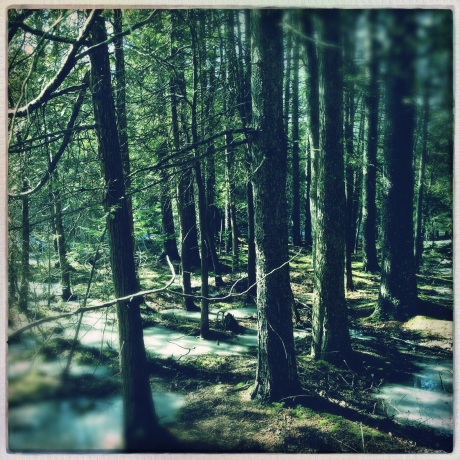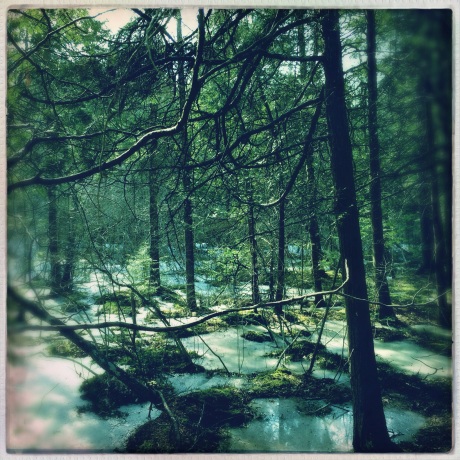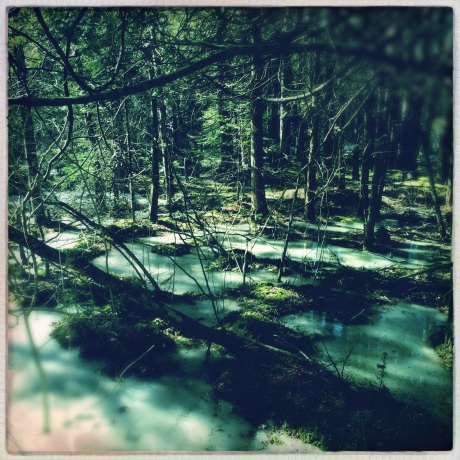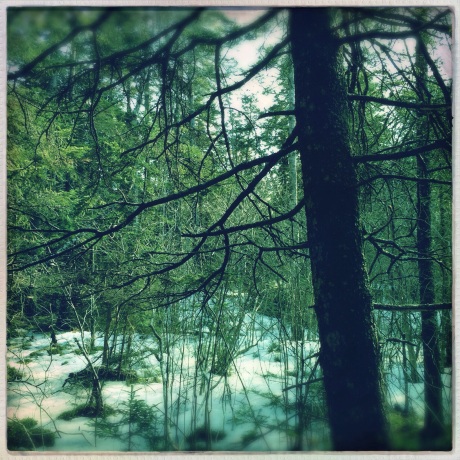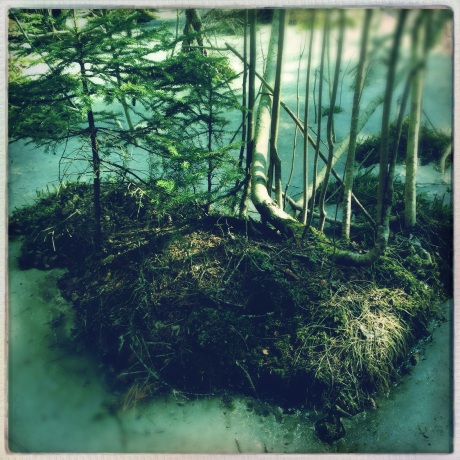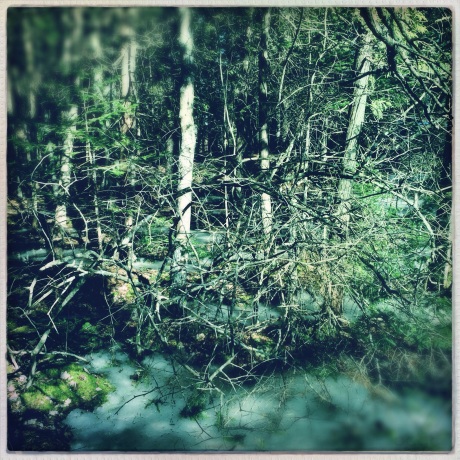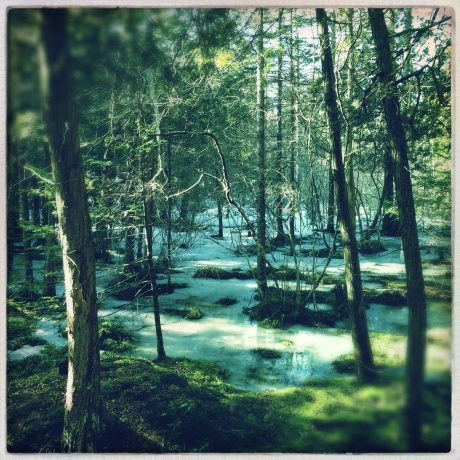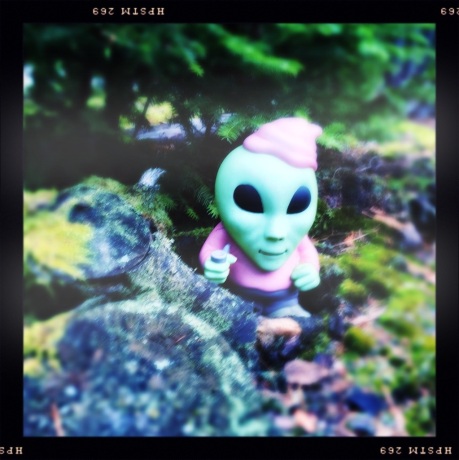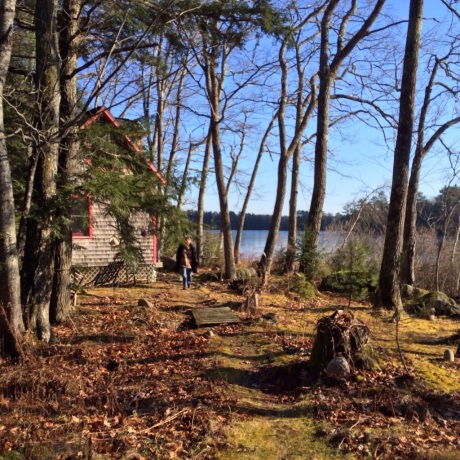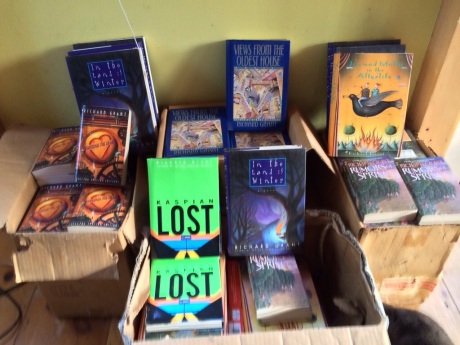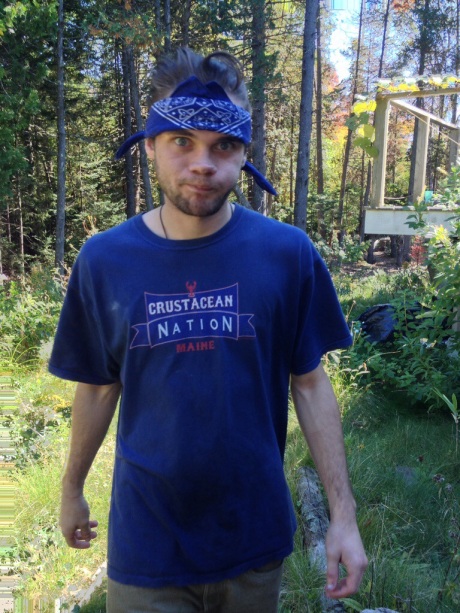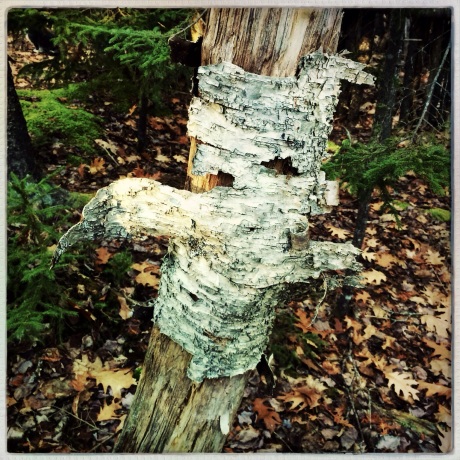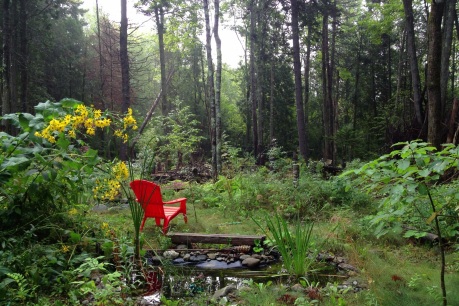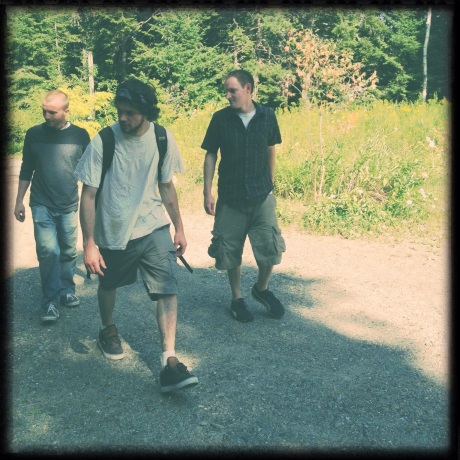Warming up for a longish post after an unanticipated freeze-up over the past few months.
One thing I decided while writing my first historical novel, Another Green World, after some 20 years of writing mostly science fiction and fantasy, was that the challenge is much the same.
In each case, you’ve got to assemble — first in your own mind, then in words for the reader — a richly textured world that you have never seen and cannot hope to visit. The characters have to seem real and alive no matter who (or what) they are: nature spirits, monsters, SS officers. And in the end, the reader must feel that he or she has actually, impossibly, seen and heard and smelled this place — experienced not only its high and low points, its joys and terrors, but also its mundane, day-to-day ordinariness.
There are differences, of course. History has already happened, and so lends itself to a certain kind of intensive, fine-grained research. You can learn, for example, that if one Ingo Miller left a certain hotel in a certain city on a certain day, he could have picked up the morning edition of X and discovered a front-page story about Y. The internet is an invaluable helpmate. For the narrative purposes of Another Green World, I was able — even on the early web of the late 90s — to find photo facsimiles from the guest book at a youth hostel in Thuringia, dating from the very week my fictional flock of Wandervögel came to roost there. In some of the entries, the young German guests had drawn pictures, inscribed poetry, scrawled slogans of the day. It was like a magic portal opening directly to their thought-world. Fabulous! And cheaper than time travel.
But SF and fantasy also requires research, for most of us at least. As a kite needs its string, a successful flight into speculative fiction needs to be tethered somewhere, to some outcropping of consensus-reality upon which you and the reader can agree. Are we going to posit that fairies exist? Cool! So let’s look closely at what people have written and sung about fairies over the past few centuries. Or maybe we imagine an interplanetary fellowship based on a shared love of computer games. We might decide then to inquire into such things as universal grammar, population genetics, the physics of space travel, the fine points of game code, artificial habitats, and exobiology.
This may be a unifying principle: the farther a fictional world extends beyond our own, the harder we need to work to make it “real”. What are the seating accommodations in a Roman villa? How does a dryad unwind after a long day in the forest? What are the fondest memories of a Nazi anthropologist? Yes or no: do androids dream of electric sheep? You may not, as a writer, need or want to give us all the answers in the limited space of the narrative. But you really ought, I think, to have some pretty clear thoughts of your own. Some reader, somewhere, is likely to wonder. So you should wonder too.
A young scientist in Australia asks, “Does Skepticism have an image problem?”
Yes, I do think you have an image problem, and that it’s been much longer in the making than these recent appropriations of the term “skeptic” by ideologically motivated science deniers.
Explaining science is not easy. Just parsing the term “theory” — which means something quite different in scientific vs. casual popular use — can be an obstacle. I think many people think of Science as a category like Government or the Catholic Church: a towering, institutionalized, essentially monolithic thing from which now and then ominous pronouncements emerge.
So this is hard. And perhaps that’s why, for most of its history, the skeptical community has been frustrated in its efforts, such as they’ve been, to clarify the nature of the scientific enterprise — and why it’s turned instead, again and again, to simple attack mode.
There are few things less attractive than a snarling skeptic. Yet the one thing that has struck me since the early days of CSICOP — besides the word “cop” revealingly tucked in there — has been this relentless, often mean-spirited desire to shame, blame and ridicule a growing list of perceived enemies. I think of Randi and his obsession with the likes of Yuri Geller. I think of the current piece in Aeon magazine, gleefully blasted to all Twitterdom, “debunking” various tropes from the Bible.
I also think of the frothing response of the community to a heretic within the ranks of science itself, e.g. Rupert Sheldrake. You can’t have heretics unless you’ve got a prescribed orthodoxy. Yet rigid, inerrant dogma is not really what science is about, no matter how logically unassailable that dogma seems to be.
What I take from this sort of thing is the impression that the skeptical community — and here, I know, I over-generalize — is less interested in raising public understanding of science than in picking targets and shooting at them.
And what targets! From Aeon we learn that the odds that someone actually walked on water, or turned it into wine, or parted it with a staff, are vanishingly small. And thus, by extension, that Christianity is bunk, by further extension that all religion is bunk, and by ultimate extension that people who disagree with us must be total idiots. I mean, pardon the expression, Jesus Christ: Has it never occurred to a single practicing Christian in 2000 years that these stories might not be literally true? Has it never occurred to a single professing skeptic in the past half-century that religion does not equal unquestioning, literal credence in a particular archaic text?
One thing that might help the skeptical community, vis-a-vis public perception, is a visible show of tolerance for (at the least) some modest range of alternative viewpoints. I sometimes feel that many skeptics are trapped in a Newtonian thought-world of hard matter and reductionist mechanics. Intellectually of course they’re aware that the universe has shown itself to be ineluctably stranger than that; yet instinctually or constitutionally they are unable to tolerate any non-mechanistic notion about any natural phenomenon. Like all good cops they feel duty-bound to enforce The Law — even when the law is incompletely written, to say the least, and may not even in principle be finally knowable.
In this regard skeptics are in good company. Occam himself got scraped by his own razor: he was willing to grant a special exemption for well-formulated and accepted tenets of theology. He was, in this regard, a creature of history, a full citizen of his sovereign Weltanschauung. And so are we, skeptics included. Le t’s all try to remember that.
Well, all right: it’s really a poem by Stefan George.
George, roughly a contemporary of Rilke, was tremendously influential in early 20th-century Germany. He’s always been much less-known abroad, partly because his voice is usually so mannered and obscure that it’s hard to translate without losing much of the original tone and feeling (which, I fear, is the case here). But more importantly, George’s whole sensibility, his Weltanschauung, is deeply rooted in a particular German mind-space — the dark, pagan, post-moral, sometimes apocalyptic outlands of Late Romanticism — that is hard to re-enter imaginatively from our modern, rational thought-world.
Two factoids that bracket George’s legacy:
In 1933, upon the Nazi accession to power, he was offered the post of German poet laureate, in appreciation of his fierce nationalism, his anti-modern and anti-liberal views, and his authorship of poems like “The New Reich”, a deeply strange generational manifesto. (From his self-imposed exile in Switzerland, George dispatched a Jewish devotee to deliver his demurral.)
In 1944, when Claus von Stauffenberg was executed for trying to kill Hitler, he was wearing a gold ring inscribed with a line from a George poem, “The End of the Beginning.”
So here we go: a sprightly George joint, penned in 1907, that has always put readers in mind of certain historical monsters, hucksters and creeps. It puts me in mind of the longtime leader of the Church of Scientology.
The Anti-Christ
“He comes from the mountain, he stands in the grove!
Our own eyes have seen it: the wine that he wove
From water, the corpses he wakens.”
O could you but hear it, at midnight my laugh:
My hour is striking; come step in my trap;
Now into my net stream the fishes.
The masses mass madder, both numbskull and sage;
They root up the arbours, they trample the grain;
Make way for the new Resurrected.
I’ll do for you everything heaven can do.
A hair-breadth is lacking – your gape too confused
To sense that your senses are stricken.
I make it all facile, the rare and the earned;
Here’s something like gold (I create it from dirt)
And something like scent, sap, and spices –
And what the great prophet himself never dared:
The art without sowing to reap out of air
The powers still lying fallow.
The Lord of the Flies is expanding his Reich;
All treasures, all blessings are swelling his might . . .
Down, down with the handful who doubt him!
Cheer louder, you dupes of the ambush of hell;
What’s left of life-essence, you squander its spells
And only on doomsday feel paupered.
You’ll hang out your tongues, but the trough has been drained;
You’ll panic like cattle whose farm is ablaze . . .
And dreadful the blast of the trumpet.
… and Clematis paniculata getting ready to bloom.
Prairie cup plant — more properly Silphium perfoliatum — is a fascinating North American native that apparently is uncommon in the horticulture trade. (I got mine from Prairie Nursery.) It grows as tall as 10 feet/3 meters or more, with a strong tendency to flop about after heavy rains, especially when grown in partial shade — which, unlike most prairie natives, it accepts happily — so you need to give it plenty of space.
The name (both common and botanical) derives from an interesting structural feature: the leaves are stemless, growing in pairs directly from the main stalks, so forming little bowl-like cavities that collect rain water. In drier places than Maine, these reportedly serve as drinking cups for birds.
My back deck was an afterthought in designing this cottage. It has turned out to be a very nice place to sit at the wood’s edge, though the view has gotten swallowed by the rampant clematis which does, I suppose, offer a bit of privacy from nosy moose.
When you’ve known depression, I think, the little up-and-down moods of daily life can scare you. It’s hard — but important — to remember that you can get sad from time to time without plunging into an emotional tailspin with no apparent bottom.
That’s about all I have to say about this. My son Matt left town yesterday for home in Virginia and my son Tristan is leaving to visit his girlfriend in New York before heading back to college. Callie, my daughter, called from the airport last night while waiting for a flight to Paris. Sometimes I miss the days of their childhood so much it’s hard to imagine how I can live without them — even though I’ve been doing it for a while now.
